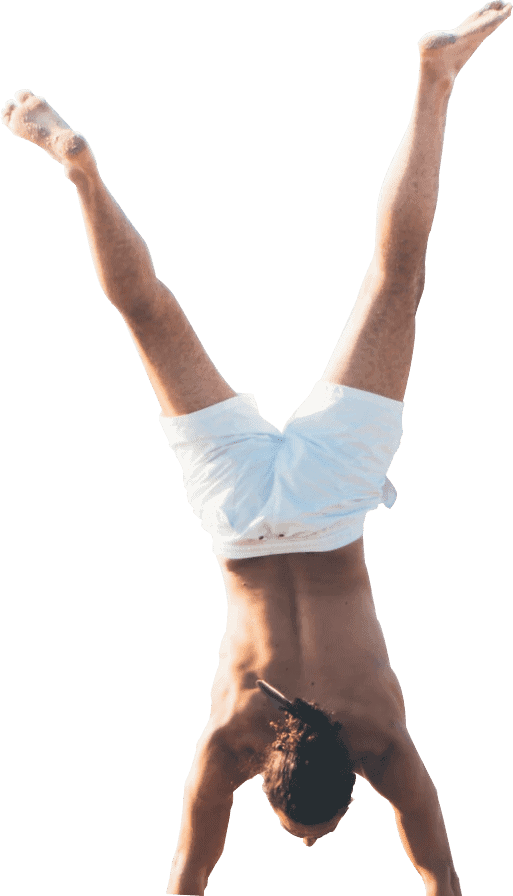By Eliza Laycock
Physiotherapist at Life Ready Physio + Pilates Cockburn
Pain in the lumbar and cervical spine are two of the most common presentations to a physiotherapy clinic, and are experienced by 80-90% of the population. Two of the questions that people ask themselves each time they present to physiotherapy is, “What could I have done to prevent this happening?” or “Do you think my posture needs fixing?”. Another concern they have is “I’m worried that I will end up with posture like my Grandma.”
There are some schools of thought that think posture causes pain and by fixing posture, your pain should be healed, or wearing a posture-correcting device should fix your pain. However, recent evidence suggests there is no ideal posture, meaning there is a low correlation between posture and pain. However, we do know that long sustained positions can result in pain.
People with neck pain generally experience a reduced range of motion, muscle strength and endurance. This is often due to poor neck flexor and extensor muscle endurance, which is a direct result of long term sustained positions. This can range from desk work, standing at a standing desk, playing computer games or reading a book for more than two hours.
So rather than asking, “How can I improve my posture?” it would be more worthwhile asking, “How can I best spend my time away from work in different postures?”
This could include exercising, reducing psychological stress or winding down with friends. It is less about improving one posture but exposing our bodies to different postures to avoid sustained positions. The best posture is your next posture!
Two quick exercises that you can perform at your desk if you’re unable to take a break are:
- To activate your deep neck flexors, think about making a double chin, try not to open your mouth or tilt your head down. Repeat 5 times every hour.
- To activate your back extensors, have your elbows in by your side and your forearm pointed straight ahead. Then move your forearms out to 45 degrees and squeeze your shoulder blades. Repeat five times every hour.
If you aren’t an avid runner/walker or gym goer (or even if you are), a great way to get into gentle exercise is with Pilates, led by our physiotherapists. Pilates includes gentle exercises, which can be targeted to improve your postural muscles, flexibility, tone and general strength.
Book online now for an initial assessment or contact your local Life Ready team now for a comprehensive postural assessment!
Andias, R., & Silva, A. G. (2019). A systematic review with meta‐analysis on functional changes associated with neck pain in adolescents. Musculoskeletal Care, 17(1), 23-36. doi:10.1002/msc.1377
Blomgren, J., Strandell, E., Jull, G., Vikman, I., & Röijezon, U. (2018). Effects of deep cervical flexor training on impaired physiological functions associated with chronic neck pain: a systematic review. BMC Musculoskeletal Disorders, 19(1). doi:10.1186/s12891-018-2324-z
